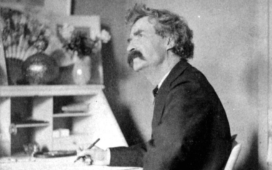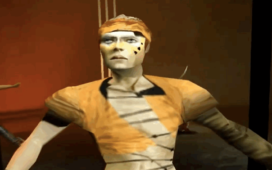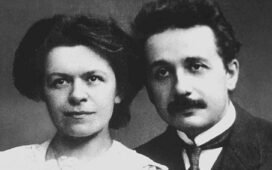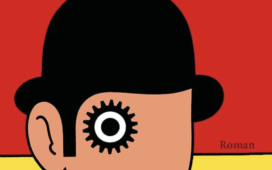When the acclaimed cinema video-essay channel Every Frame a Painting made its comeback this past summer, its creators Tony Zhou and Taylor Ramos took a close look at the “sustained two-shot,” which captures a stretch of dialogue between two characters without the interference of a cut. Though it’s become something of a rarity under today’s shoot-everything-and-figure-it-out-in-editing ethos, it was used often in classic Hollywood pictures. Take, for example, the work of Polish-born writer-director Billy Wilder, who began his film career in prewar Germany, then went to Hollywood and “embarked on a series of ostensibly daring, disenchanted movies, against the grain of American cheerfulness.”
So writes David Thomson in The New Biographical Dictionary of Film. “Double Indemnity was a thriller based on the principle that crime springs from human greed and depravity; The Lost Weekend was the cinema’s most graphic account of alcoholism; A Foreign Affair has shots of a ruined Berlin accompanied by the tune ‘Isn’t It Romantic?’; Sunset Boulevard mocks the maddening glamour within Hollywood; Ace in the Hole exposes the unscrupulousness of the sensational press; Stalag 17 is a prisoner-of-war film that undercuts camaraderie.” And the finely honed comedy of The Apartment or Some Like It Hot has only grown more entertaining — because rarer — over the decades.
But was straightforward comedy really Wilder’s forte? His pictures are funny, but often in a highly particular way. His “characters do not mean what they say, and they do not say what they mean,” Zhou explains: this is verbal irony. But it comes along with two additional flavors of irony: dramatic, which arises “when the audience knows more information than the characters,” creating suspense over whether those characters find out the truth “and what happens as a result”; and situational, which arises “when a character makes choices that lead to an unexpected and yet inevitable conclusion.” In his scripts, Wilder could “weave all these types of ironies together while maintaining a strong emotional core.”
Even so, no great filmmaker is merely a storyteller. Despite being famous primarily as a dialogue writer, Wilder “insisted that his films should work as images first.” Among other techniques, “he put the camera where the subtext was, which allowed the audience to follow the emotions of the scene and not just the literal meaning.” He also “used as few camera setups as possible,” shooting pages of his script without a cut. (Instructively, the video compares a scene from Wilder’s original Sabrina with its hopelessly awkward equivalent in Sydney Pollack’s 1995 remake.) Nor is it incidental to his filmography’s endurance that he embodied that old-fashioned combination of respect and contempt for the viewer. “Let the audience add up two plus two,” he once advised younger filmmakers, and “they’ll love you forever.”
Related content:
10 Tips From Billy Wilder on How to Write a Good Screenplay
The Essential Elements of Film Noir Explained in One Grand Infographic
Based in Seoul, Colin Marshall writes and broadcasts on cities, language, and culture. His projects include the Substack newsletter Books on Cities and the book The Stateless City: a Walk through 21st-Century Los Angeles. Follow him on Twitter at @colinmarshall or on Facebook.















